From stickers and Velcro to pacemakers: 10 random ingenious inventions
Categories: History | Technology | World
By Pictolic https://pictolic.com/article/from-stickers-and-velcro-to-pacemakers-10-random-ingenious-inventions.htmlOur world is being changed by engineers and accidents! We will tell you about the most interesting cases when chance met a "bright head". Sometimes ingenious inventions just happen by themselves — and sometimes they are the results of mistakes. Let's find out how bright minds took the chance!
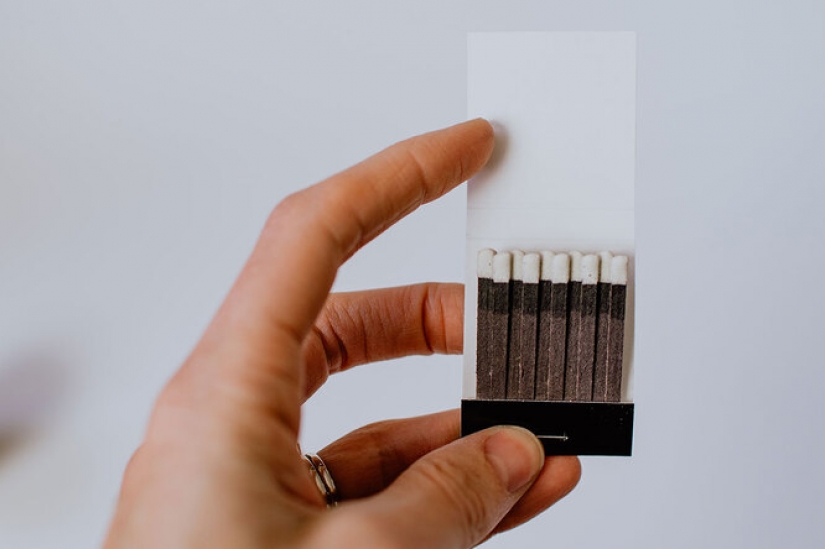
We are so used to textile fasteners that we do not even notice how often we use them — in clothes and shoes, in bags and blood pressure monitors. Meanwhile, even 80 years ago, "Velcro" did not exist, and no one was in a hurry to invent something more convenient than buttons.
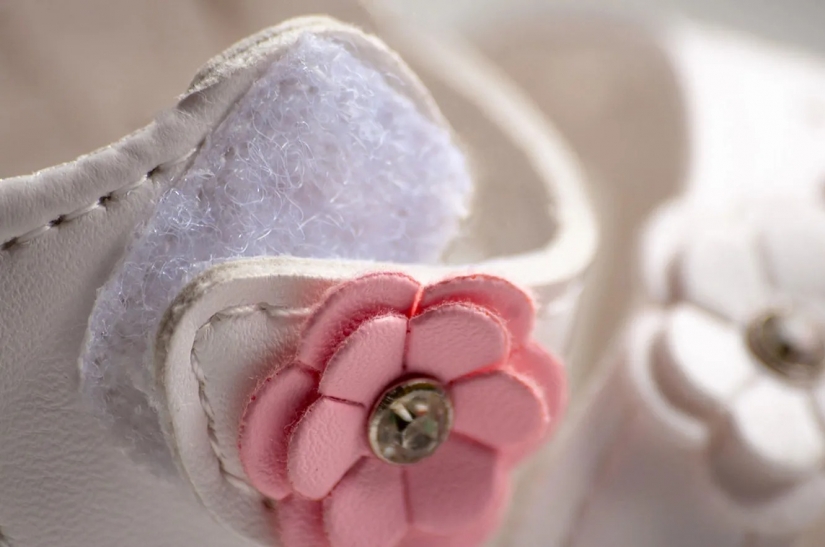
In 1941, an engineer from Switzerland, George de Mestral, was walking in the woods with a dog, and when he returned home, he found a whole bunch of burrs on it. George wouldn't have been an engineer if he'd just combed the dog out and forgotten all about it — he began to study the thorns, wanting to understand why they were so tenacious. It turned out that the super-sticky thistle is made by small elastic hooks, and this was the beginning of a new era.
Mestral came up with a clasp consisting of two ribbons, one of which is soft, and the other is "hooked". Velcro was patented in 1955, and it quickly conquered the world, but the real glory was brought to it by space! It turned out that the textile clasp is ideal in zero-gravity conditions — it fixes objects in place and does not allow them to float back and forth in the compartment.
Children love plasticine: lots of colors, the ability to make everything that is possible and impossible-what else is needed for children's creativity? It turns out that this most popular thing was invented by Noah McVicker, and by accident.
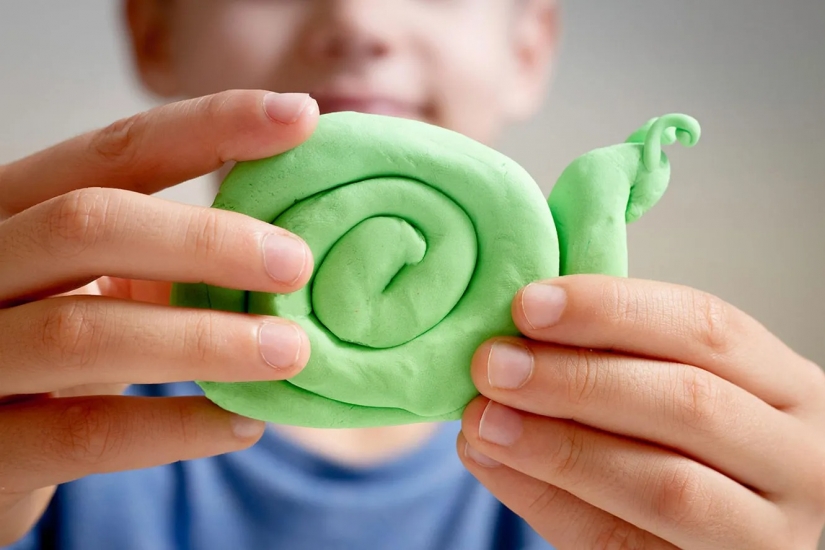
He worked for a soap company and tried to create a soft plastic cleaner for wallpaper. By the way, it did its job perfectly-it did not contain harsh chemicals, could be used repeatedly and did not stain the walls. The inventor's nephew, Joseph, who worked in the same factory, suddenly discovered that teachers were using the soft mass for drawing and creativity lessons.
So the million-dollar idea was born: Joseph began advertising Play-Doh plasticine as a product for children and their parents. At first, the mass was delivered only in one color, whitish-yellow, but very quickly all the colors of the rainbow appeared on sale. Since 1956, 315,000,000 kilograms of Play-Doh have been sold. If someone decided to mold all the created plasticine into one thick "snake", it would easily wrap around the Earth as much as 300 times!
We all use them, at home and at work-so that we don't forget to buy bread or mark the desired line on the printout. The stickers, like many of the inventions on this list, appeared by accident.

In 1968, chemist Dr. Spencer Silver tried to create a super-powerful glue, but the result was something weak and stupid. And 6 years later, in 1974, Silver's colleague Art Fry figured out how to use the invention to good use — he sang in the church choir and was annoyed because the bookmarks were constantly falling out.
The light, non-marking experimental composition was perfect, and gradually the idea developed to the appearance of leaves with an already applied adhesive layer. In 1980, stickers were widely used and became very popular. Now, 40 years later, it's hard to imagine a home or office without them.
The first artificial sweetener (not counting the toxic lead acetate, which has a sweet taste) - saccharin. A cheap alternative to cane sugar, a great sweetener of the bitter pill of the militant beginning of the 20th century, was born completely by accident.
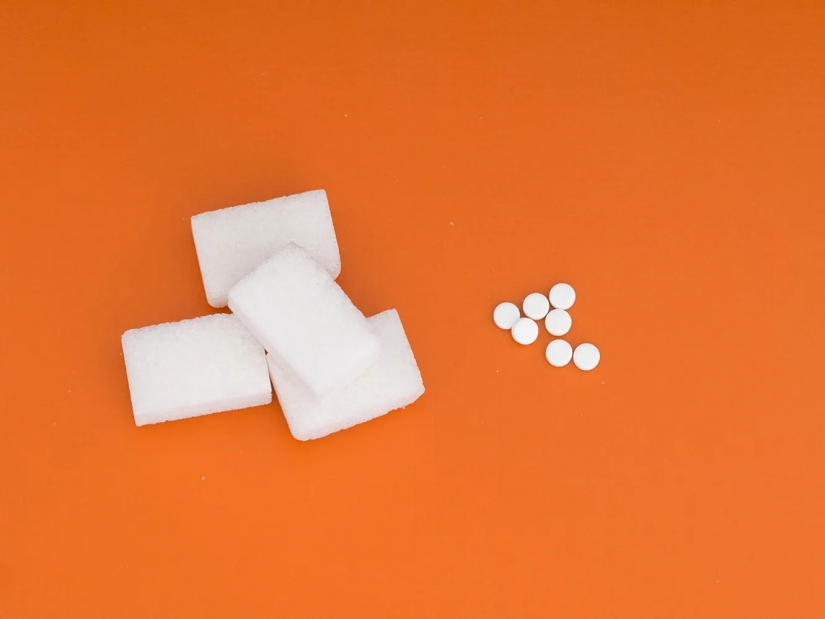
Saccharin was invented in a small laboratory at Johns Hopkins University, provided for research by Russian chemist Konstantin Falberg. One evening, after working long hours in the lab, Falberg went home to have his usual dinner with his wife.
It was there that he noticed that the bread baked by his wife seemed much sweeter than usual — but his wife insisted that she had not changed the recipe. Falberg realized two things: first, he did not wash his hands after work, and, secondly, he brought some substance on the skin. When he returned to the lab, he simply tasted every chemical he had worked with that evening. The chemist was still alive, but the world had saccharin.
Charles Goodyear was obsessed with rubber — so much so that his entire family was in debt because of the need to fund research. The inventor tried to develop a rubber that would be suitable for industrial use, but failed for a long time.

In 1839, Goodyear accidentally dropped rubber on a hot stove with sulfur, and it suddenly did not melt, but rather solidified. In 1844, Goodyear patented vulcanized rubber, and his company became the leading manufacturer... at that time.
However, he spent most of the profits on lawyers trying to defend his patent, and in 1860 he died altogether. The Goodyear company was founded only in 1898 and named after the inventor to pay a belated tribute to his name.
Yummy! And it also appeared by accident. In 1930, one of the confectionery companies owned by Ruth Wakerfield produced this miracle. How? Ruth added the wrong chocolate!

Hoping to make chocolate dough, she ended up with light cookies with sticky, half-melted pieces. The buyers, however, were not upset, but wanted more. Every time you buy "cookies "in a coffee shop at the checkout, you get a" descendant " of the very first culinary mistake.
The history of matches is old, but the testless matches were invented by John Walker during an experiment that he conducted in his laboratory. The mixture of sulfur and other materials that he mixed with a wooden stick was needed for a completely different experiment.
Later, Walker accidentally scraped the dried end of the wand on the stone floor, and what was his surprise, it caught fire! Of course, the inventor immediately made a few more matches to show to friends and acquaintances. One of the witnesses of the "trick", Samuel Jones, offered to make a business out of it, and they decided to call the matches "lucifera". They, by the way, led to the popularity of smoking in London.
Stephanie Kwolek has always dreamed of becoming a doctor. But instead, she became the inventor of Kevlar, a lightweight material that is 5 times stronger than steel. By analyzing molecular chains at low temperatures, she found a particularly strong and rigid sequence.
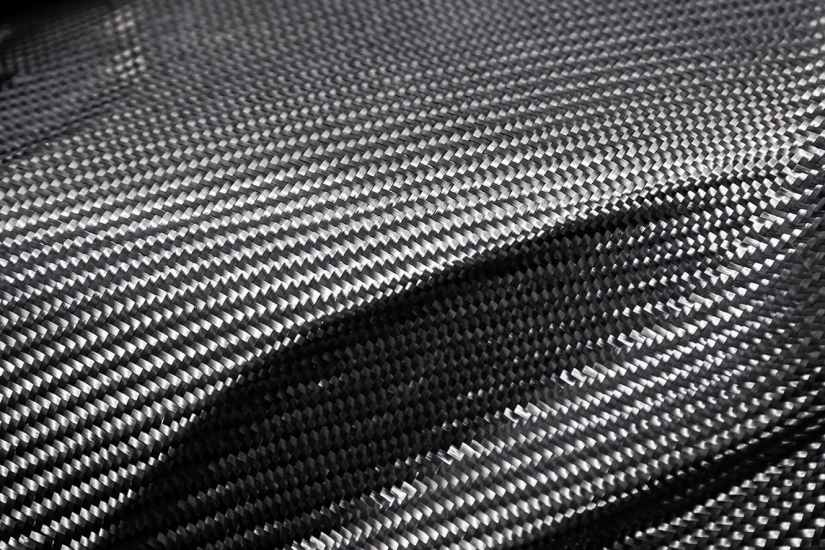
The fibers created from the solution with these molecules were stronger than anything she had seen before. Nowadays, Kevlar has more than 200 uses. They are used by the military and police, but Kevlar can also be found in airplanes, boots, boats, brake cables, and a variety of other things.
In 2005, Don McPherson was playing frisbee when a friend asked him to borrow his sunglasses. Wearing them, the guy (who lives with color blindness) was just stunned — he saw orange for the first time in his life! As it turned out, Don developed glasses for surgeons engaged in laser surgery, and he was happy to use his own invention.
By the way, glasses have become so popular among doctors that they began to disappear from the operating rooms. Later, McPherson and his colleagues founded EnChroma Labs, a company that purposefully develops glasses for people with color vision deficits. They created glasses for children and models without darkening the glasses-for indoor use. The engineers also developed an online test that helps people determine if they have color blindness.
Dr. Wilson Greatbatch made a mistake that helped millions of people around the world. In 1956, he tried to create a device for recording the heart rate, but due to an incorrect component, the device emitted electrical impulses instead of recording them.

It was then that the doctor came up with the idea that the error could help maintain a stable heart rate in patients. Greatbatch spent two years trying to bring the invention to mind and register it with the patent office. The first patient with an implanted pacemaker received an additional year and a half of life, and over the next half century, the device saved millions of people.
Keywords: Ingenious | Invention | Selection | Case
Post News ArticleRecent articles

Markus Reugels is an incredibly talented German photographer who specializes in high-speed and macro photography. His photographs ...

Learn unusual and interesting facts about our planet and the creatures that inhabit it! -- >Ants, when dying, emit special ...
Related articles

Learn unusual and interesting facts about our planet and the creatures that inhabit it! -- >Ants, when dying, emit special ...

People are attracted to everything that is aesthetic and harmonious. And this is completely normal! Well, who does not like to ...

Indeed, everyone is used to a certain set of gardeners: potatoes, tomatoes, strawberries, onions, peppers and all sorts of greens. ...

The Japanese craftswoman has honed her skills in working with wool so much that now her crafts - felted animal figurines - look as ...